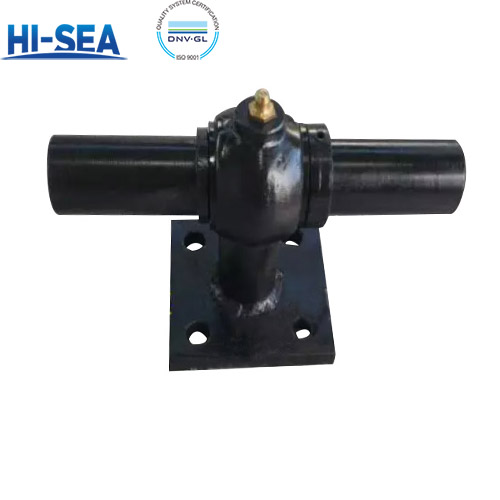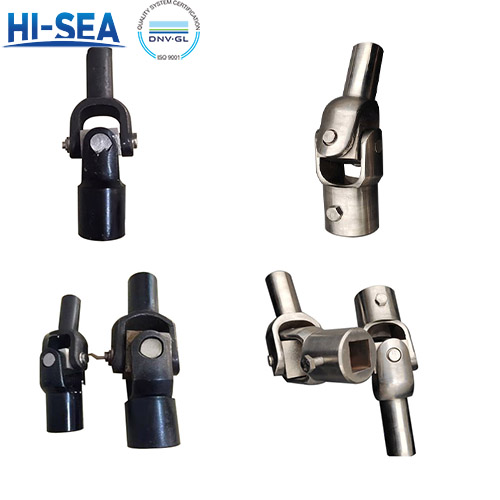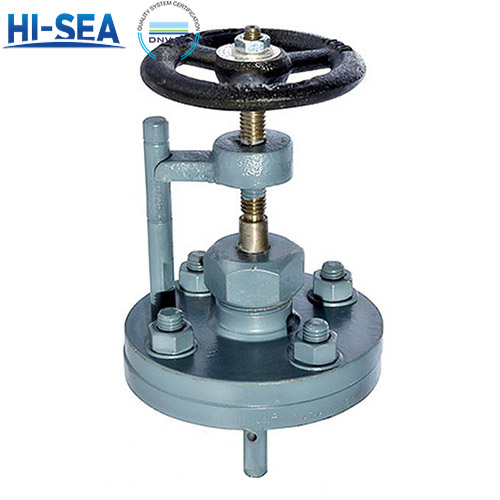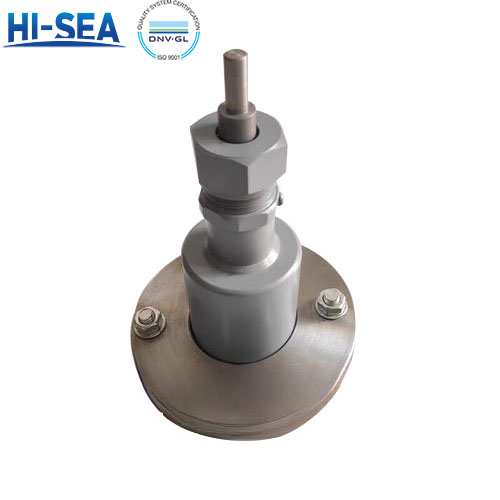
Polyethylene Pipe
Installation Methods
Butt Fusion: A process where the ends of PE pipes are heated and fused together to form a joint.
Electrofusion: Uses a special fitting with an electric coil that melts the pipe ends to create a joint.
Socket Fusion: Similar to butt fusion but uses a socket and spigot configuration for joining.
Overview
Advantages
Corrosion Resistance: PE pipes are highly resistant to chemical attack, making them ideal for transporting a wide range of fluids.
Flexibility: PE pipes can bend easily, which is beneficial in applications that require pipes to navigate around obstacles.
Longevity: They have a long lifespan, often exceeding 50 years in many applications.
Lightweight: Easier to handle and install compared to metal pipes.
Applications
Water Supply Systems: Used for drinking water, irrigation, and wastewater management.
Gas Distribution: Commonly used for natural gas and propane distribution.
Sewage and Drainage: Used in underground sewage systems due to their resistance to abrasion and chemicals.
Industrial Pipelines: Utilized for transporting chemicals and other industrial fluids.





